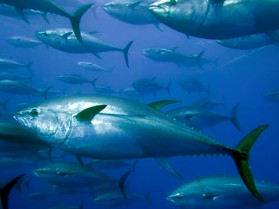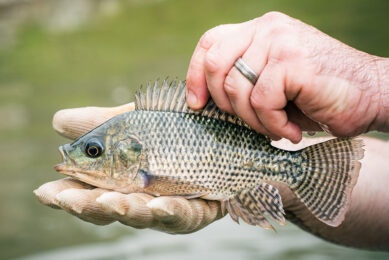Welfare monitor developed for farmed fish

A welfare monitor for farmed fish has been developed. The system – named FAST-TOOL – keeps a constant eye on the fish.
The tool is developed in Norway with EU funding. It is a software programme that processes all sorts of data about the fish farm, on the basis of which it offers the farmer advice. The data is supplied daily by the fish farmer, who uses underwater cameras and various other instruments to collect it. For example, sensors measure the oxygen levels in the water, as well as the temperature and the salinity. Echo sounding is used to show where and how the fish are moving. In some cases, the movement and breathing of individual fish are even monitored. And the underwater camera enables farmers to follow and record the behaviour of their fish.
Implementation
All this data is sent to a central computer which then produces advice for the fish farmer, explains Victor Immink of the LEI. Immink researched how the monitor can be used in practice – a stage that has not been reached yet. ‘Implementation will raise quite a few questions. For example, how do you handle this information? Who owns it? And do you need to set up a platform to steer the introduction process? If so, who should be involved?’
CV for every fish
Nevertheless, the system has big advantages. The monitor can put together a sort of CV for every fish – in Immink’s words, ‘ a report that you send with it: this is what has happened to this fish. It makes it possible to bring in a labeling system in which specific qualities can be emphasized. You can compare it with the certification of coffee.’
More focus on welfare
Questions are sometimes raised about welfare aspects of aquaculture production. Usually, such questions focus on three issues: stocking densities, the possibility to have ‘free-range’ aquaculture and the way farmed fish is slaughtered at harvest.
Related folder:
Dossier AllAbout Aquaculture











